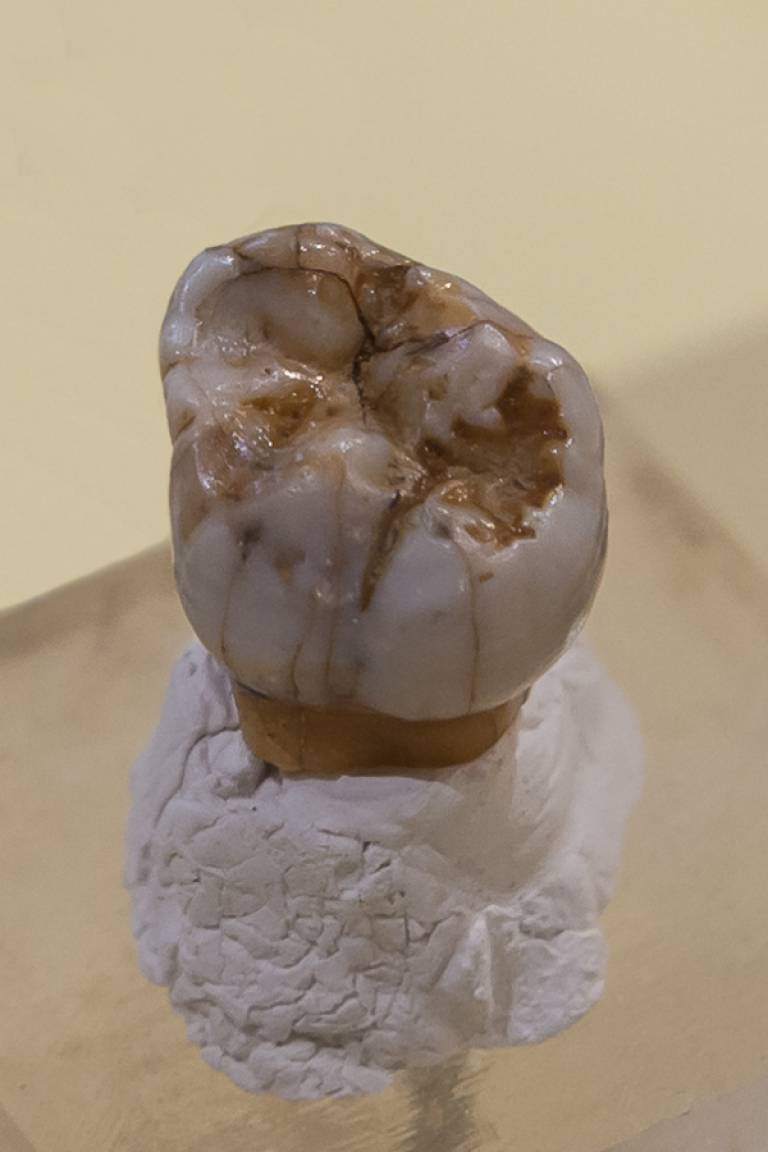Perspectives on the Evolution of Homo sapiens and Denisovans on the Tibetan Plateau
5 December 2021
The peopling of the Tibetan Plateau is a spectacular example of human adaptation to high altitudes as Tibetan populations have thrived for generations under strong selective pressures of the hypoxic environment.

Recent archaeological discoveries suggest that both archaic Denisovans and Homo sapiens occupied the Tibetan Plateau earlier than expected. Genetic studies show that a pulse of Denisovan introgression was involved in the adaptation of Tibetan populations to high-altitude hypoxia. These findings challenge the traditional view that the plateau was one of the last places on earth colonized by H. sapiens and warrant a reappraisal of the population history of this highland. Here, we integrate archaeological and genomic evidence relevant to human dispersal, settlement, and adaptation in the region. We propose two testable models to address the peopling of the plateau in the broader context of H. sapiens dispersal and their encounters with Denisovans in Asia.
Denisovans and Homo sapiens on the Tibetan Plateau: dispersals and adaptations
Peiqi Zhang, Xinjun Zhang, Xiaoling Zhang Xing Gao, Emilia Huerta-Sanchez, Nicolas Zwyns
 Close
Close

